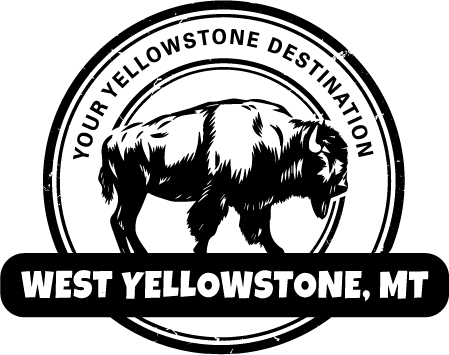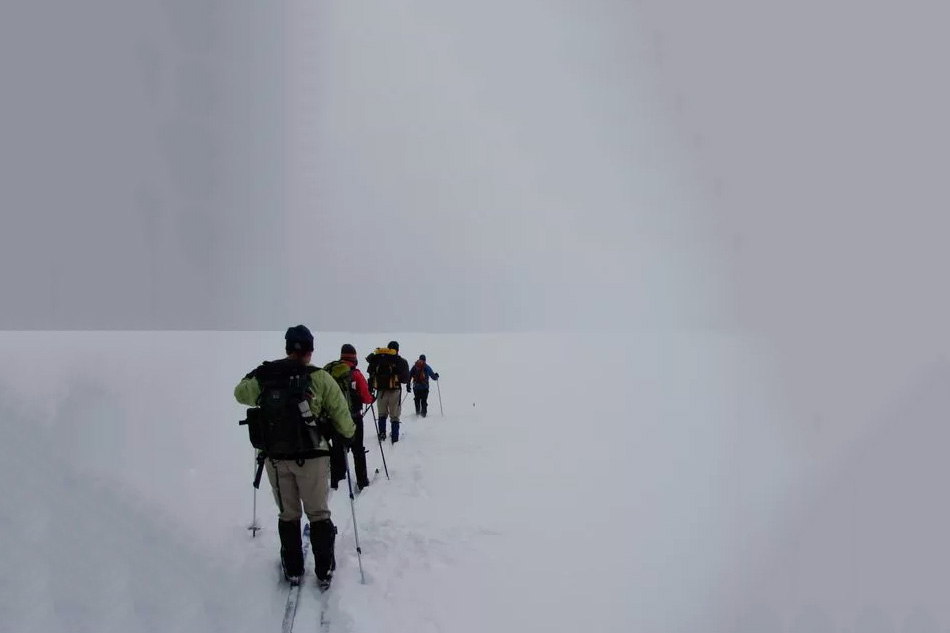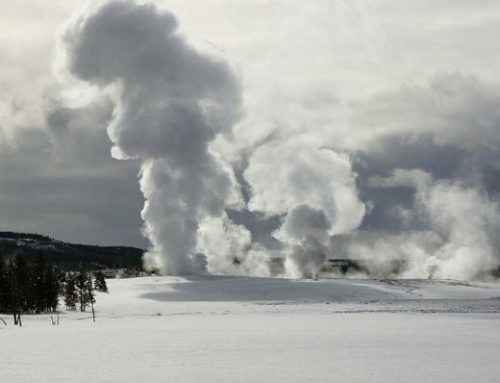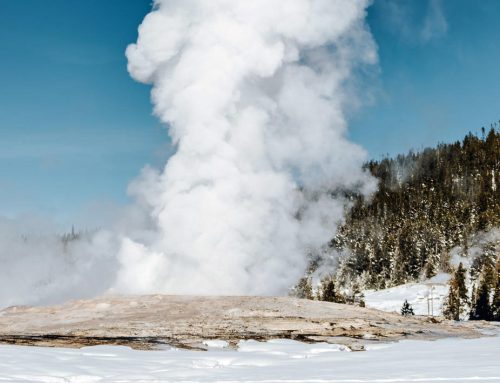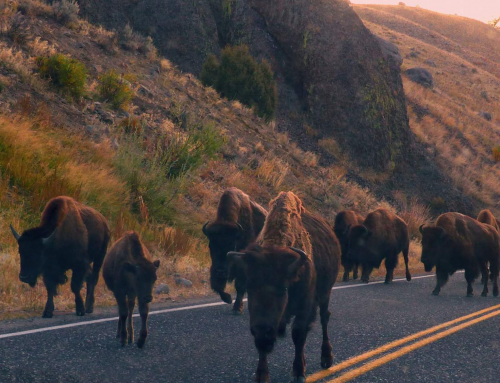- Originally published December 29, 2015 for Great Falls Tribune
- Written by Melynda Harrison
- Photography by Melynda Harrison
Yellowstone National Park – A statement from the 1907 U.S. Army’s “Rules, Regulations and Instructions” for soldiers and scouts on duty in Yellowstone warns. “All persons traveling through the park from October 1 to June 1 should be regarded with suspicion.”
YELLOWSTONE NATIONAL PARK – A statement from the 1907 U.S. Army’s “Rules, Regulations and Instructions” for soldiers and scouts on duty in Yellowstone warns, “All persons traveling through the park from October 1 to June 1 should be regarded with suspicion.”
Who besides poachers would brave bitterly cold weather; hidden, yet scalding hot springs; isolation and desolation; almost impossible travel conditions and difficult route finding? Who besides a bison killer or elk shooter would venture into one of the most remote and unknown places in the country … in winter?
In the early days of Yellowstone National Park, winter visitors were primarily poachers, prospectors and Army personnel who were directed to manage the park. But even then there were a few tourists kicking and gliding their way through Wonderland on 10-foot-long skis — basically wooden planks — and steering with a single 7-foot pine pole.
Many years later, people are still visiting Yellowstone in winter, searching for quiet, solitude and a backcountry experience. Yellowstone Expeditions’ yurt camp provides all that, along with expert guides, delicious food, warm sleeping quarters and even a sauna.
“I wanted to visit Yellowstone National Park, but didn’t want to travel with the tour groups and I didn’t want to go in summer,” Xuan Ming from Singapore said. “I wanted to be in the backcountry but didn’t have anyone to go with and didn’t want to go alone either.”
In fact, guests of the yurt camp are the only overnight visitors for 35 miles…
